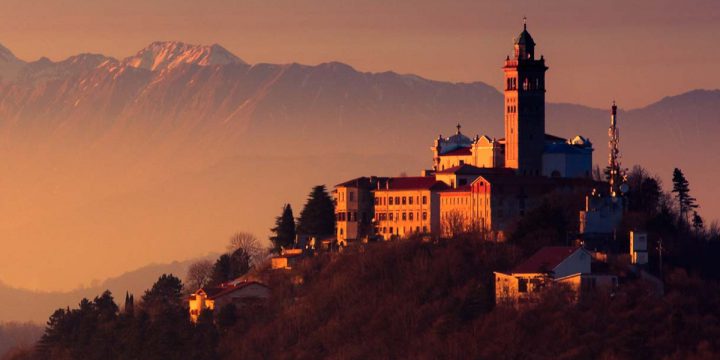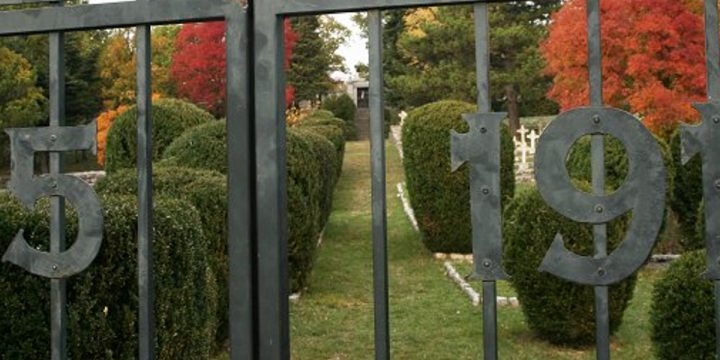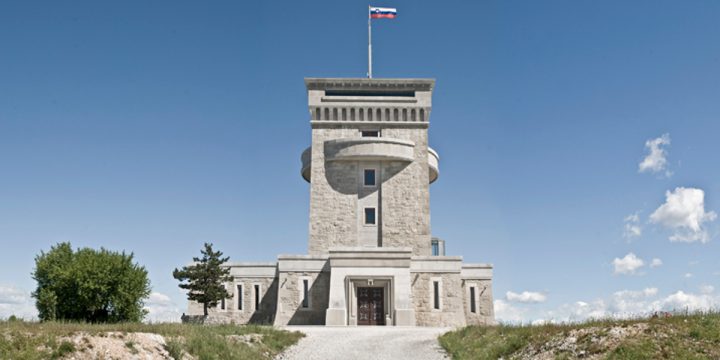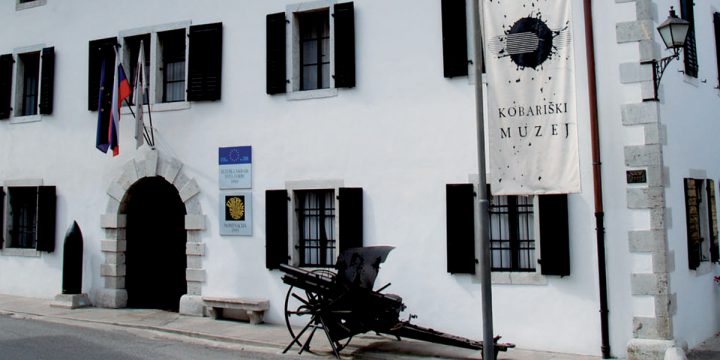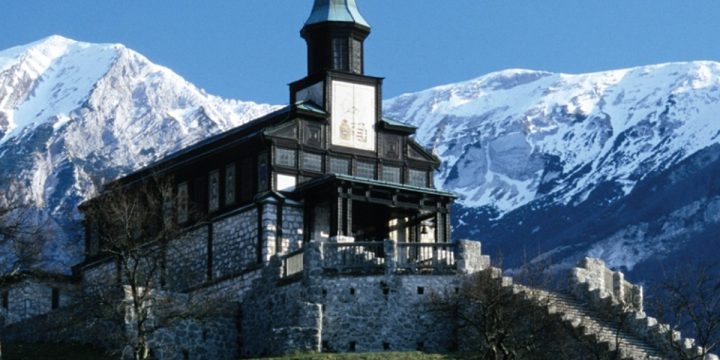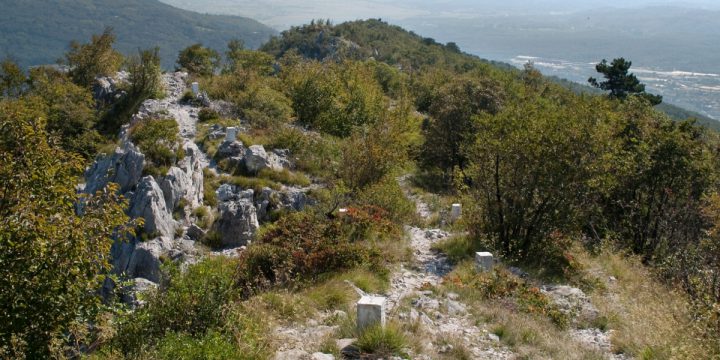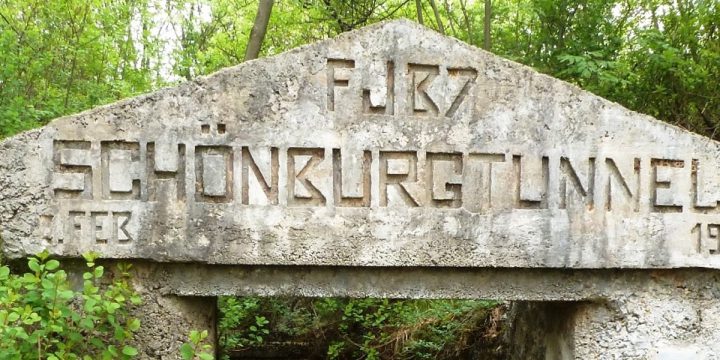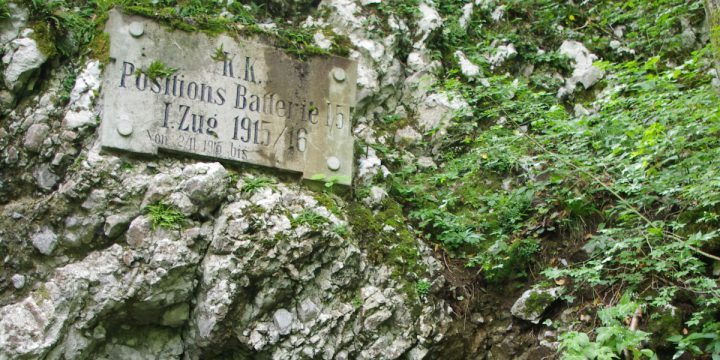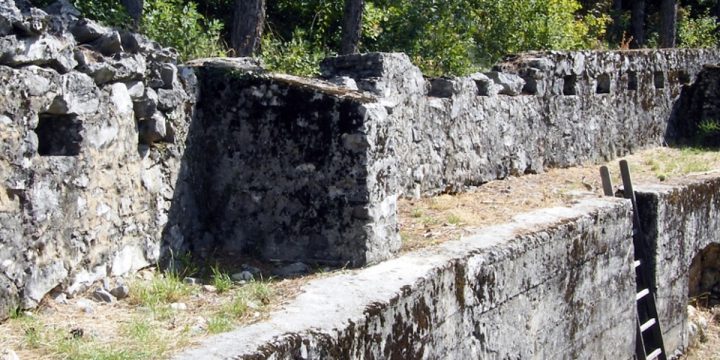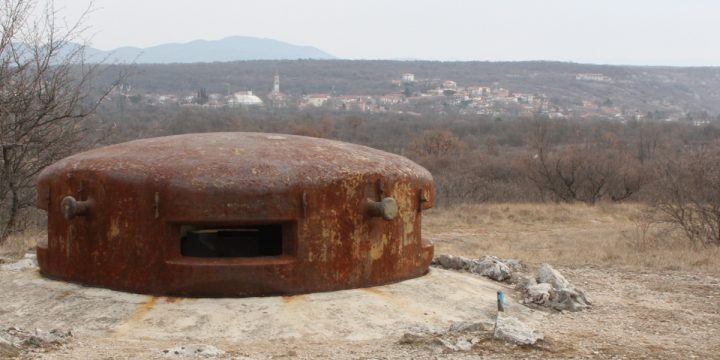
Mount Sei Busi / Dolina dei 500
Mt. Sei Busi Fortified Line of Mt. Sei Busi Linea Fortificata del Monte Sei Busi Around the hilltop of Mt. Sei Busi, visitors can observe a section of the so-called "Large Italian trench", a massive fortified defensive line that used to run from Mt. San Michele to the area of Selz, Doberdò del Lago and Monfalcone. Its construction was ordered by Luigi Cadorna, who intended to block counter-attacks of the Austro-Hungarian army. After some early excavations, the Trench was reinforced with pre-stressed concrete between autumn 1916 and spring 1917. However, it proved useless during the Twelfth Battle of the Isonzo: the Third Army rapidly abandoned it indeed, following the offensive of the Austro-Hungarians on the Upper Isonzo and their incursion into the Natisone Valleys, in order to avoid encirclement.…

